A retaining wall using sleepers are not difficult to install and can definitely be attempted by any DIYer with a bit of time and muscle!
Sleepers generally come in two types – treated pine or red gum. Although we have installed some in railway sleepers (looks amazing but it is costlier).
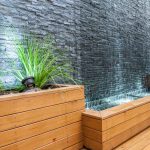

What’s the right type of wood based sleeper for you?
Using treated pine sleepers for building a retaining wall is mainstream given that they are cheaper, lighter and more sustainable than red gum sleepers. (The trees grow at a faster rate). However, its colour doesn’t remain the light brown colour – it looks “dirty/grey” after a while if left unfinished (stained or pained). If you’re after a rich red colour then red gum is the way to go.
The key to remember when constructing a wall with sleepers is that it should be at least 75mm thick – otherwise over time it will warp. It’s natural timber after all!
Steps 1-3
The first step is to mark out the exact location of your retaining wall, making sure it is square with your house or pool. Using a stringline, tape measure and spray paint makes this process a whole lot easier.
Please remember to remove any weeds in the affected area or if your wall is retaining an embankment, excavate the soil back – 500mm behind the front of were you are intending to build your retaining wall.
Next we need to mark out the location of your posts. The general rule is to ensure that the distance between the posts should not exceed 2.4 metres. It’s mainly driven by readily available sleeper length’s and strength. Remember that the sleeper needs to hold the force of the soil etc behind it. So that ability reduces with the increase in length.
The couple of worked examples below should clarify the number of posts required:
Example 1: If the length of our wall was 9.6 metres. We would need 5 posts – 1 at either end and 3 spaced evenly at 2.4 in between the two end posts. This gives us 4 bays of 2.4 metres.
Example 2: If the length of our wall was 11.5 metres. We would need 6 posts – 1 at either end and 4 spaced evenly at 2.3 metres in between the two end posts. This gives us 5 bays of 2.3 metres.

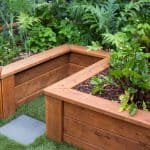
Step 4
Time now to excavate our holes.
Everyone that we have spoken to on this matter seems to have a different method of working out the depth for post holes. Best practice seems to suggest the minimum to be at least a third of the eventual wall height. Some contracting teams prefer to do even better. They go at least half the height of the wall plus 100mm. I.e. if the eventual wall height will be 800mm, they will dig minimum 500mm deep holes for the wall posts.
Make appropriate enquiries as the client…
Note that whatever the decision is about post hole depth, it is in your best interests as the client to make appropriate enquiries of your own. So do that research and discuss your preference with the contractor involved, and if required, consult a structural/civil engineer. The latter’s expertise may needed if, for example, soil conditions warrant it. Costs are impacted the more you consult and of course, the deeper the holes are. All of these need to be weighed up appropriately!
Steps 5 – end
Time now to concrete your posts into position. The posts come in two varieties – steel galvanised H Beams or a vertical sleepers. Using sleepers as your posts costs about a third of the price of H beams. H beams do have there advantages however, one being that of durability. Looks wise, you’ll see the H beams despite painting the wall – so be mindful of that.
For the purposes of this blog post we’ll use treated pine sleepers as our posts. So now its time to set up your stringline, and concrete your posts into position making sure that they are all straight and spaced accordingly. This is generally a quicker and easier exercise with two people, but can be achieved solo. Allow a minimum of 24 hours for the posts to set.
Now you can construct the wall by screwing horizontal sleepers to the back of your posts. Start by screwing (using 150mm bugel screws 14g) the entire bottom row of your wall into position. Using a spirit level will ensure that your first row is level. Now just keep stacking the sleepers up on top of one another and screwing them to the posts.
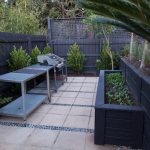

Lastly you will need to place 20mm aggregate behind the wall filling to at least half the height of the wall for drainage purposes. Scoria is a cheaper alternative and is a matter of personal preference as it is known within the industry to retain more moisture and break down quicker than aggregate.
Most councils in Victoria will only allow you to construct walls up to 1 metre high without a permit. For walls higher than one metre council approval will need to be obtained.
If you like what we do and are needing help in designing your garden, please contact us for an onsite 90 minute consultation. We charge $220.00 for the visit and can subsequently quote on project managing the entire transformation for you within your budget.
Our passion, your garden
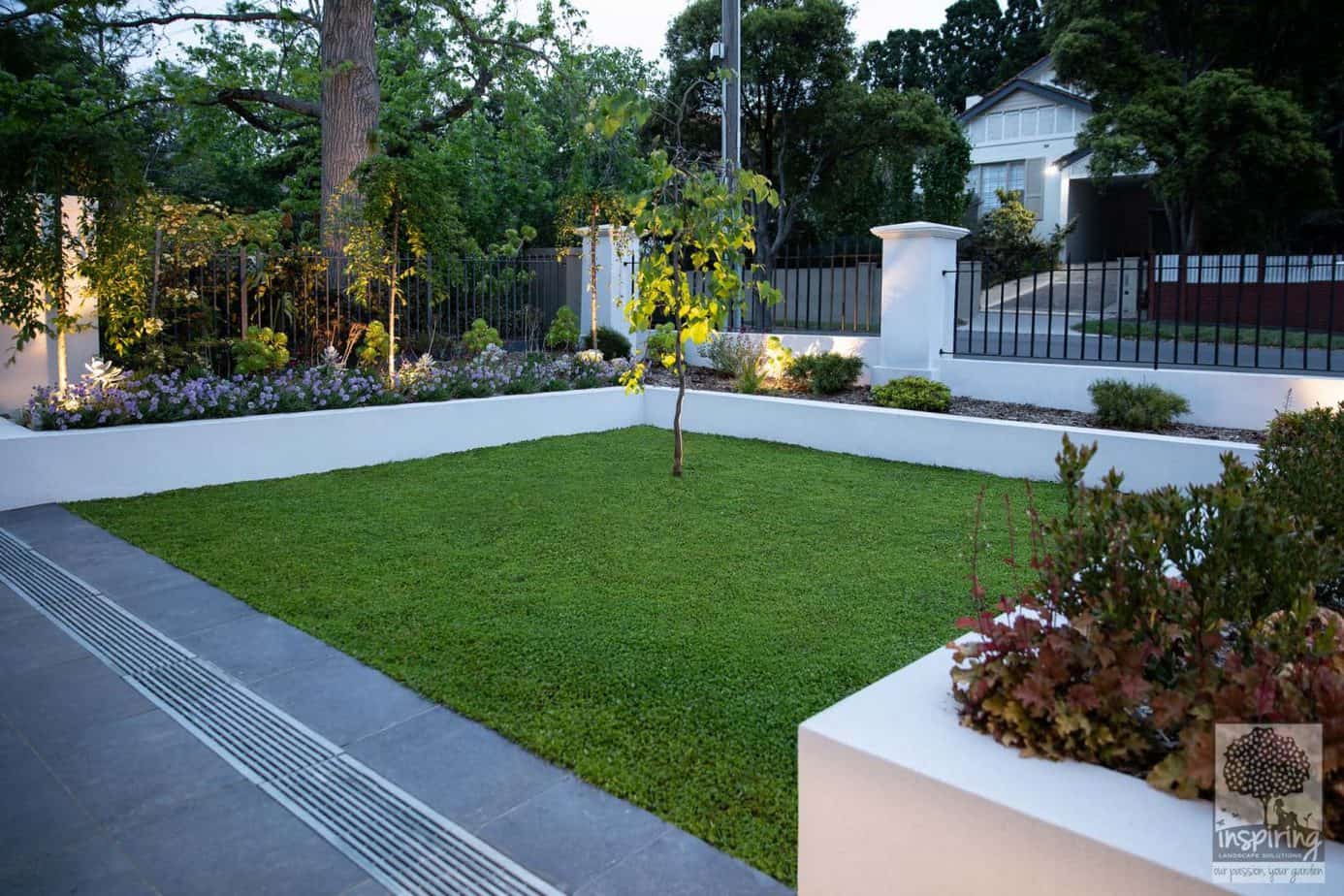


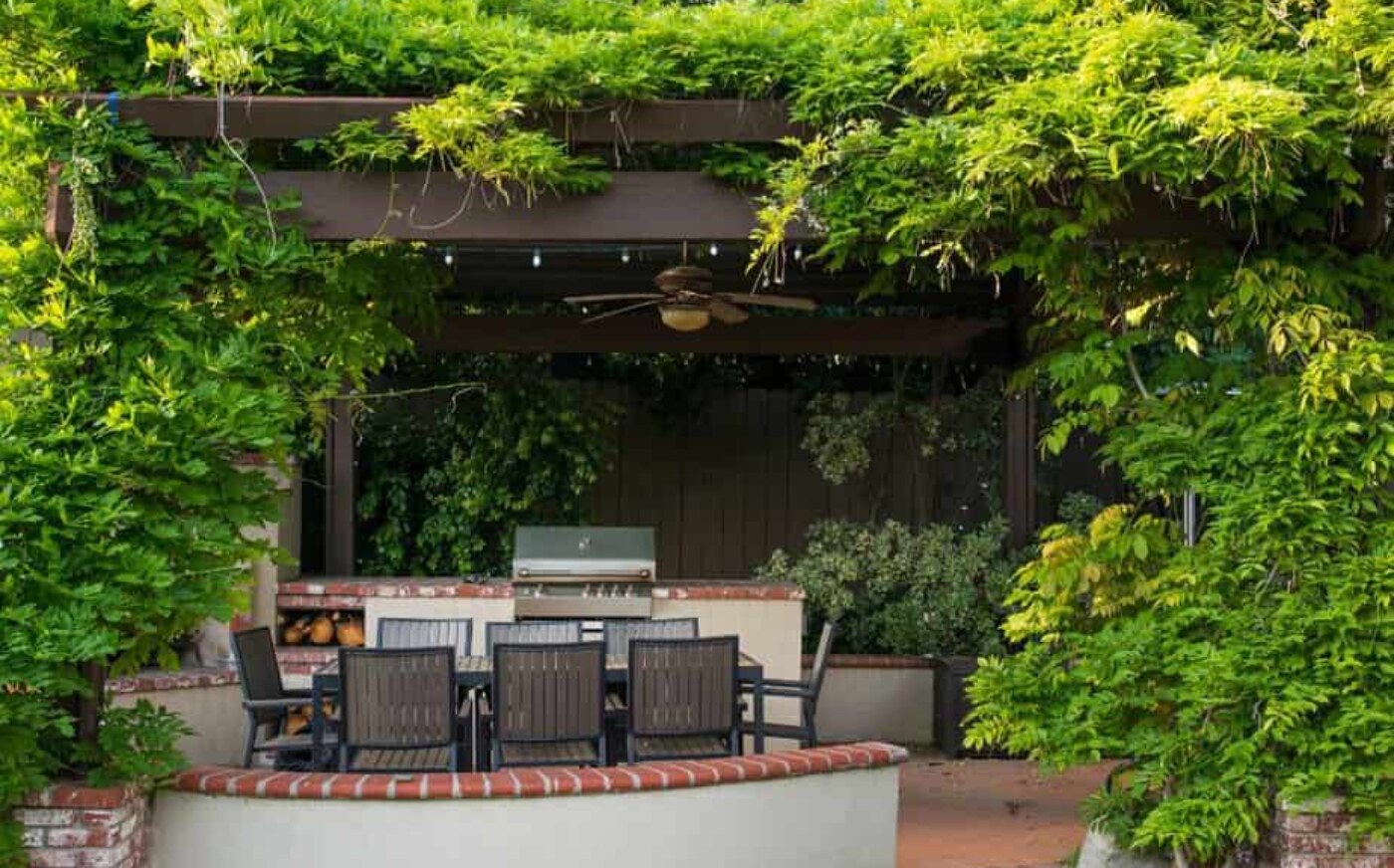
[…] designs may entail constructing retaining walls, decks, pergolas, paving, lay turf, and lighting. We also plant, install irrigation, style and […]